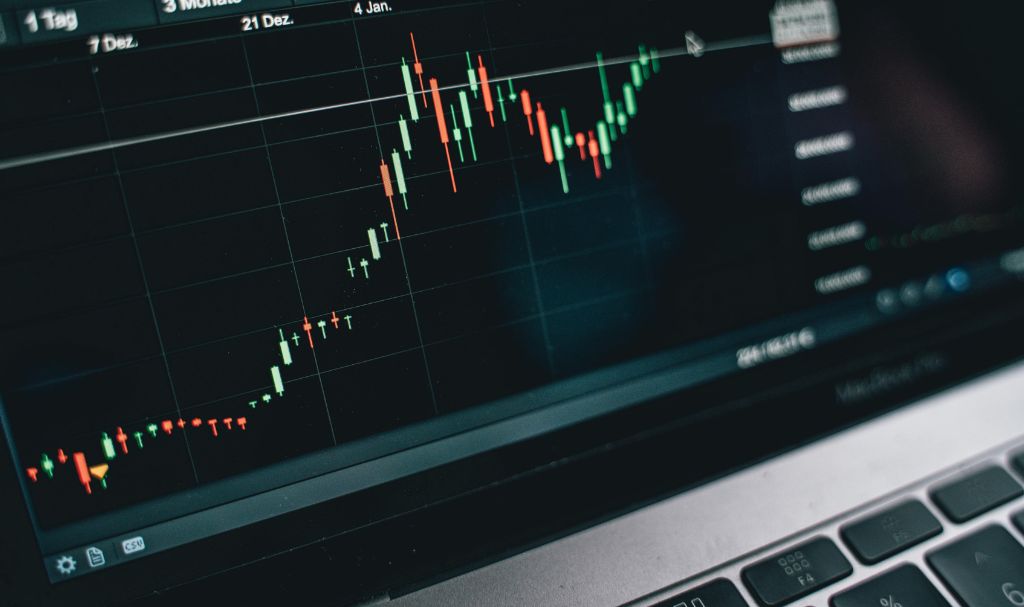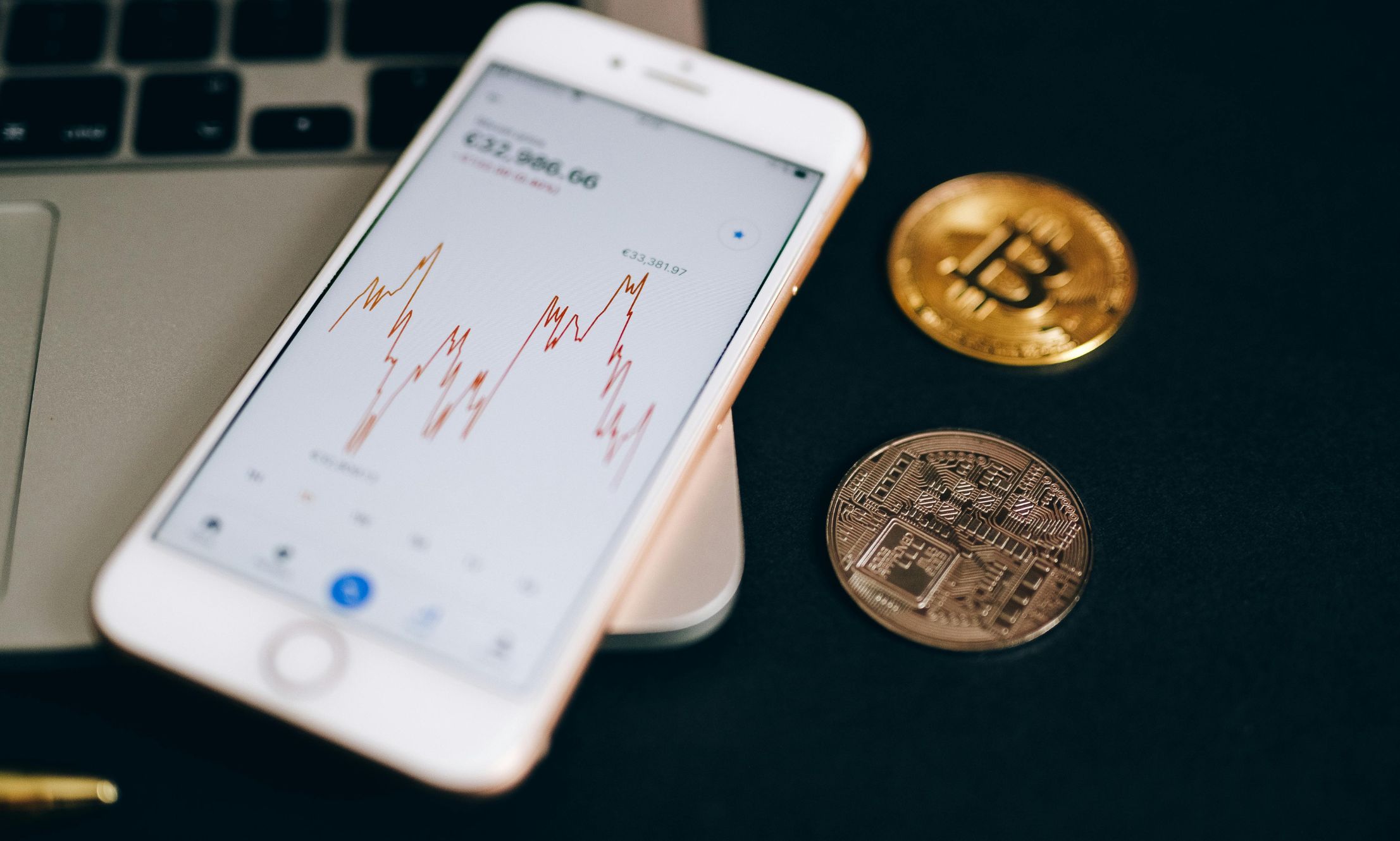How Much Do I Need to Trade Futures? Balancing Capital, Risk, and Mindset
16 April 2025
4 Mins Read

toc impalement
Entering the futures market often brings with it a question that seems straightforward: how much money do I need to start? But this question opens up a more complex conversation than identifying a dollar figure. We will explore what “enough” means regarding futures trading—from a brokerage requirement perspective and a psychological, strategic, and sustainable standpoint.
Futures offer leverage, and that leverage can make small accounts appear more potent than they are. However, trading with minimal capital introduces a different set of risks, often psychological, that undermine the technical aspects of trading. It’s not just about what you can afford to deposit; it’s also about how much room you give yourself to make decisions without panic.
The amount you start with shapes your comfort, ability to recover from drawdowns, and chances of sticking with the process long enough to learn and grow.
Redefining the Cost of Entry Into Futures Trading

1. Understanding Broker Requirements and Actual Trading Needs
Most brokers set relatively low minimums for opening a futures trading account. Sometimes, you can begin with $500 to $1,000, particularly if you plan on trading smaller contracts or micro futures. However, just because you can start with that amount doesn’t mean it’s sufficient to weather the realities of the market.
Margin requirements per contract vary depending on the asset class and volatility—some contracts might require as little as $50 intraday margin, while others could need several thousand. Even with small margins, price swings can easily lead to margin calls if you’re trading without proper capital. A more realistic approach would be to fund your account enough to handle several trades and drawdowns and maintain emotional balance.
That number sits between $3,000 and $10,000 for many, depending on their strategy. This is also why many traders consider futures prop firms an alternative. These firms offer access to substantial capital in exchange for proving your ability to trade responsibly, helping reduce personal financial risk while still engaging in real market activity.
2. The Psychological Importance of Trading Cushions
One of the greatest mistakes traders make when entering futures with minimal capital is underestimating the emotional weight of every trade. When a single bad day can impact your entire account, even small losses feel catastrophic.
This heightened emotional sensitivity often leads to irrational decisions—such as abandoning strategies, overtrading to recover losses, or hesitating on good setups out of fear. Having adequate capital allows you to stay focused on process over outcome. It gives you enough room to take losses without becoming emotionally destabilized.
Traders with sufficient cushion tend to make more rational decisions because they aren’t panicked by every red number on their screens. This doesn’t mean funding your account with tens of thousands of dollars is necessary, but it does mean that starting with just enough to place a trade often works against you barely. Sustainable trading isn’t just about surviving one day—it’s about creating an environment where you can consistently learn, improve, and stay mentally composed over time.
3. Scaling Through Experience Rather Than Capital Injection
Another consideration in determining how much you need to trade futures is how you plan to grow. Many new traders assume that putting more money into their accounts will improve their odds of success.
But in reality, trading larger sizes before building consistent habits often accelerates failure. Scaling should come from demonstrated consistency, not frustration or the desire for faster gains. Starting with a smaller account is not a disadvantage if you’re approaching it with a focus on mastering a single setup or contract type. The key is understanding your trade metrics—your average win, loss, and how frequently setups occur.
Once you have a clear grasp of those, it’s easier to determine the capital you need to support your expected drawdowns and to increase your size responsibly. This method emphasizes skill development and reduces pressure from feeling like you must grow quickly. A well-managed small account, gradually scaled, outperforms a poorly managed large one in the long run.
4. Alternative Paths for Lower Capital Entry
There are now more options than ever for those serious about futures trading but lacking sufficient personal funds to open and maintain a well-cushioned account. The rise of trading simulations, demo environments, and challenge-based evaluation programs offers a way to build a track record without risking capital upfront.
Many of these lead to funded accounts if performance metrics are met, providing access to real money under real rules. These setups allow traders to focus on following rules, executing their edge, and dealing with pressure without the fear of blowing through savings. Though passing a funding challenge isn’t easy, it’s often a healthier gateway than trying to make a $500 account work in volatile markets. Taking this path also gives aspiring traders a clear understanding of the discipline required to manage someone else’s capital, which translates well when managing their funds in the future.
How much money you need to trade futures isn’t a fixed answer—it reflects your goals, your tolerance for risk, your strategy, and how you manage your emotions. You could technically start with very little, but sustaining your efforts and learning effectively requires more than meeting minimum margins.
Whether you start with your capital or seek to pass an evaluation on trading firm capital, the key is ensuring you’re not trading under financial pressure that will cloud your judgement. Start with enough to allow for small mistakes, to trade without panic, and to survive long enough to build skill. Futures trading can be rewarding, but only if approached with realistic expectations and a commitment to growth.
If you focus on process, protect your mindset, and treat your capital with care, your journey won’t be defined by how much you started with—it’ll be shaped by how well you handled each step along the way.

















